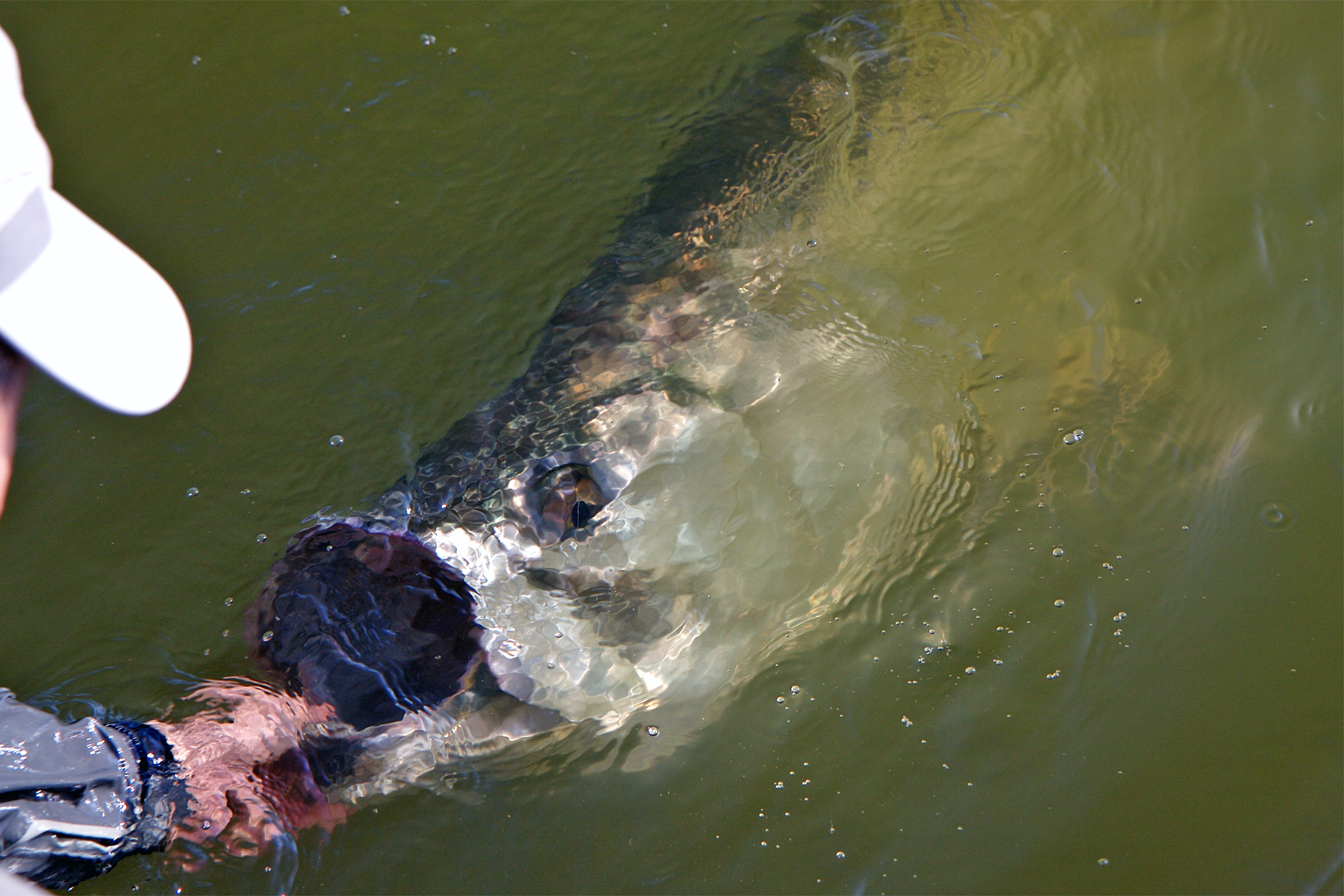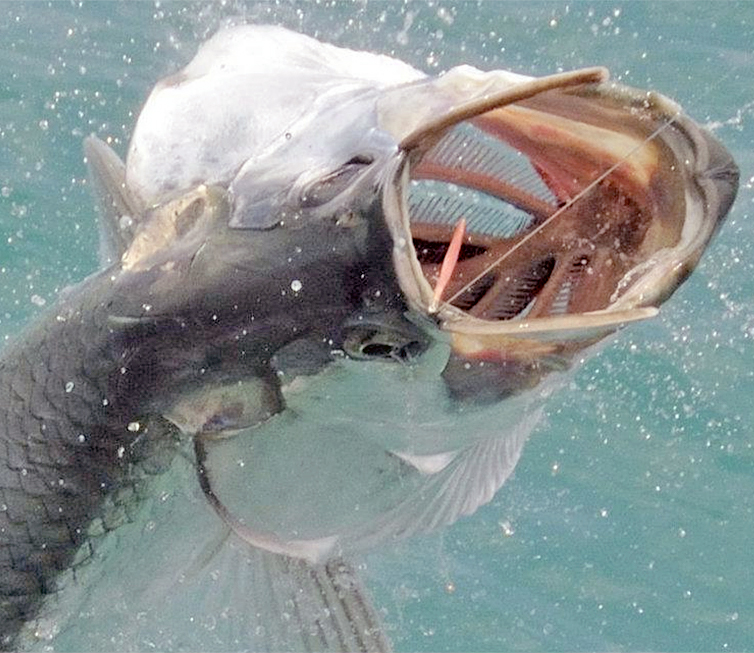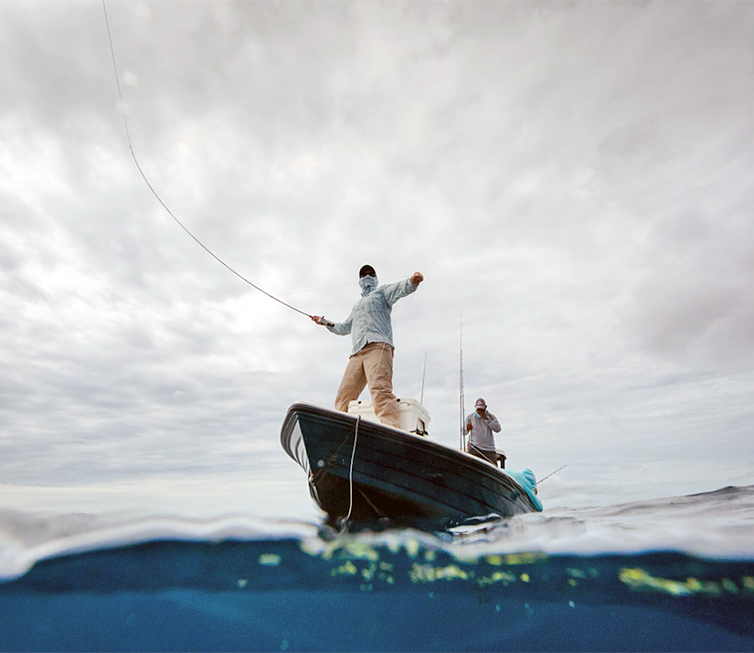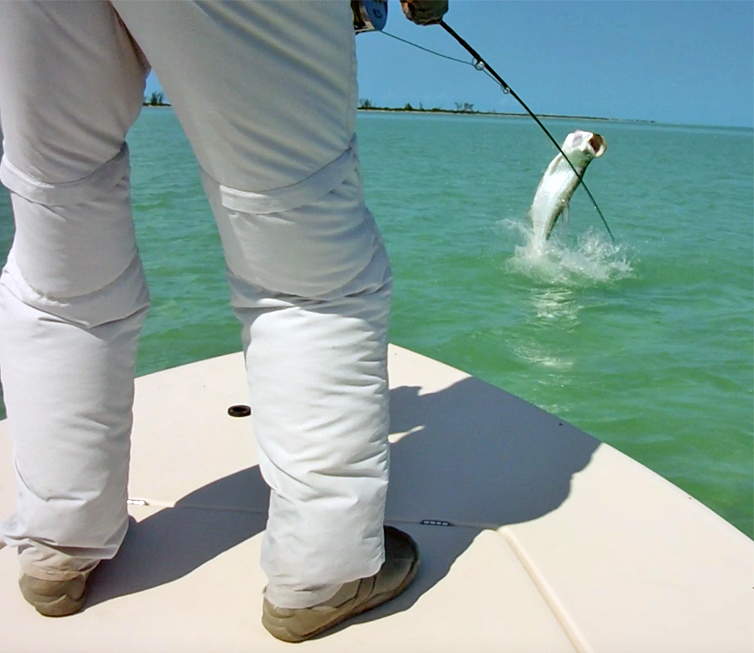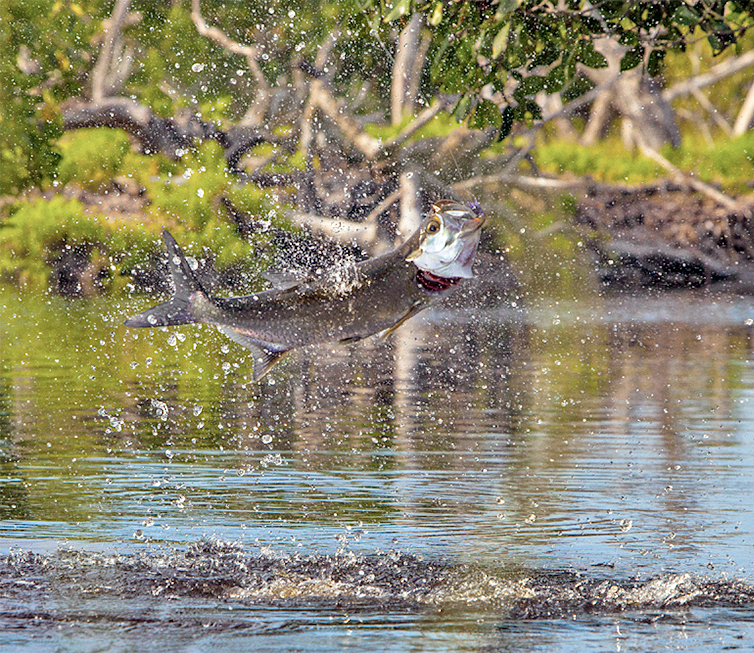Tarpon are large fish of the genus Megalops. There are two species of Megalops, one native to the Atlantic, and the other to the Indo-Pacific oceans. They are the only members of the family Megalopidae.
There are two species of tarpons, the Megalops atlanticus (the Tarpon) and the Megalops cyprinoides (the Indo-Pacific tarpon). Megalops atlanticus is found on the western Atlantic coast from Virginia to Brazil, throughout the coast of the Gulf of Mexico, throughout the Caribbean. It is also found along the eastern Atlantic coast from Senegal to South Angola. Megalops cyprinoides is found along the eastern African coast, throughout southeast Asia, Japan, Tahiti, and Australia. Both species are found in both salt and freshwater habitats usually ascending rivers to access freshwater marshes. They are able to survive in brackish water, waters of varying pH, as well as habitats with low dissolved O2 content due to their swim bladders which they use primarily to breathe with. The habitat of the tarpon varies greatly with the developmental stage they are in. Stage one larvae are usually found in clear, warm, oceanic waters relatively close to the surface. Stage two and three larvae are found in salt marshes, tidal pools, creeks, and rivers. The habitats are characteristically warm, shallow, dark bodies of water with sandy mud bottoms. It is quite common for tarpon to ascend rivers into freshwater. As they progress from the juvenile stage to adulthood, they move back to the open waters of the ocean, though many remain in freshwater habitats
Tarpons grow to about 5-8 ft. long and weigh 80-280 lbs. They have dorsal and anal soft rays and have a bluish or greenish back. Tarpons possess distinctive lateral lines and have shiny silvery scales that cover most of the organism except for the head. Tarpons have large eyes with adipose eyelids and a broad mouth with a prominent lower jaw that juts out farther than the rest of the face.
